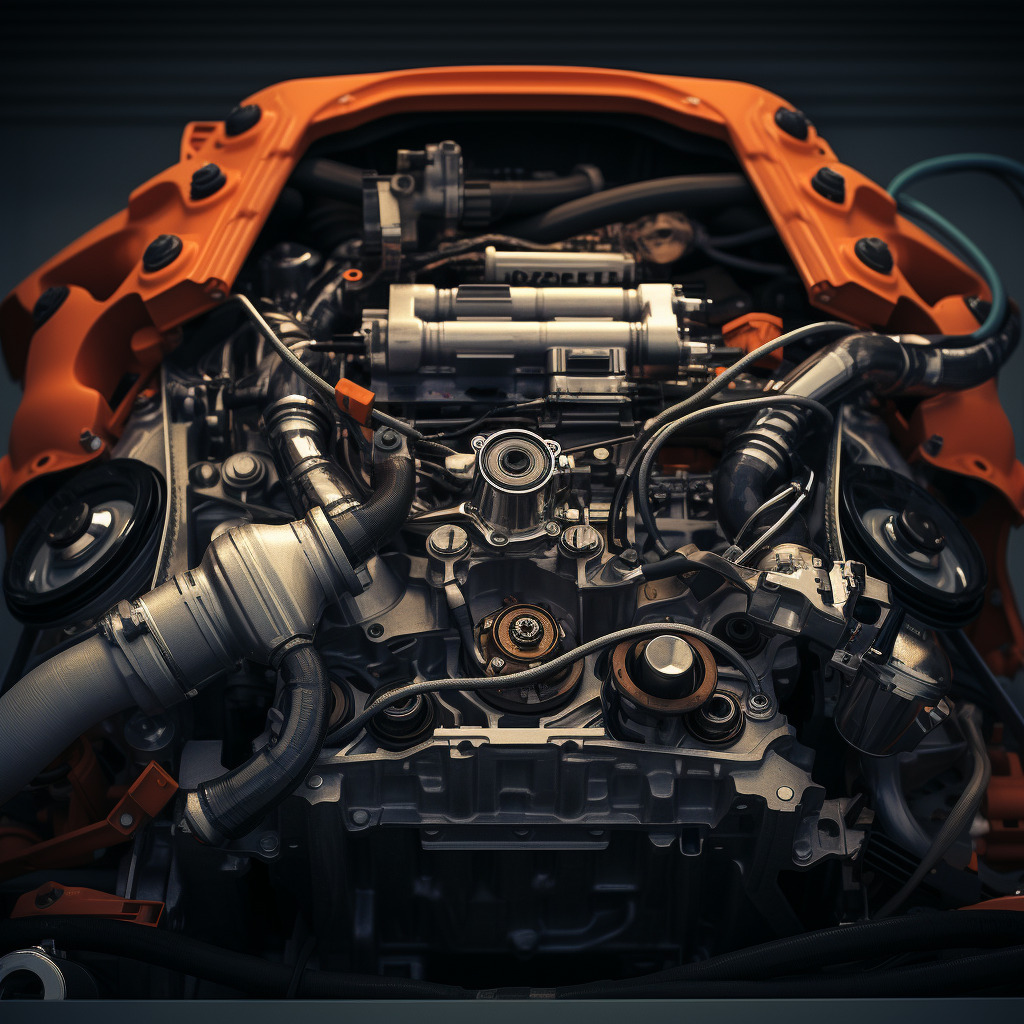

In modern automobiles, onboard diagnostic systems play a crucial role in monitoring and identifying potential issues within various vehicle components. These systems use Diagnostic Trouble Codes (DTCs) to communicate specific problems detected by sensors and various monitoring mechanisms. This article will focus on one particular DTC - the 16403/P0019/000025 code, discussing its meaning, potential causes, and possible solutions.
DTCs consist of numerical and alphanumeric combinations that aid in identifying the specific issue with a vehicle. The 16403/P0019/000025 DTC code is no exception. Each component of this code provides valuable information about the detected problem, helping technicians diagnose and repair the underlying fault more efficiently.
To properly analyze the 16403/P0019/000025 DTC code, let’s break down its components:
The first five digits, “16403,” correspond to the standardized OBD-II fault code. This code is based on SAE J2012, which outlines a set of diagnostic information for vehicles sold globally.
The next four digits, “P0019,” indicate the generic code provided by the OBD-II system. The “P” designates a powertrain-related issue, such as engine or transmission problems. The number following the “P” provides further details about the specific area of concern.
Finally, the six-digit value “000025” emphasizes the specific fault within the powertrain system that triggered the code. It further points the diagnostic process in the direction of a particular component or operation.
Detecting the root cause of any DTC code is critical in resolving the underlying issue effectively. Here are some potential causes related to the 16403/P0019/000025 code:
To effectively diagnose and resolve the 16403/P0019/000025 DTC code, it is advisable to follow these steps:
Begin by using an OBD-II scanner to retrieve the DTC code from your vehicle’s diagnostics system. This will assist in pinpointing the exact problem within the powertrain.
Inspect the camshaft position sensor and its wiring for any physical damages, loose connections, or signs of corrosion. If any issues are detected, it may be necessary to repair or replace the sensor or associated wiring.
Check the timing chain or belt for proper tension, alignment, and potential signs of wear. If any abnormalities are discovered, consulting a professional mechanic or following the manufacturer’s guidelines is highly recommended.
Conduct a thorough inspection of the electrical circuits related to the camshaft position sensor. Ensure there are no damaged wires, disconnected plugs, or other electrical faults. Address any identified issues appropriately.
If all previous steps have been completed and the issue persists, it may be necessary to have the vehicle’s ECM inspected. Diagnosing and repairing ECM problems often require specialized equipment and expertise, so consult a qualified professional.
Here are some commonly asked questions regarding the 16403/P0019/000025 DTC code:
Q: Can I continue driving my vehicle with this DTC code? A: It is generally not recommended to keep driving your vehicle when a DTC code is present. Ignoring the underlying problem may lead to further damage or potential safety hazards. It’s advisable to address the issue promptly.
Q: How much does it typically cost to fix this problem? A: The cost of addressing the 16403/P0019/000025 DTC code can vary significantly depending on multiple factors, such as the specific cause, the vehicle model, and local labor rates. It is best to consult with a trusted mechanic or repair shop for a proper diagnosis and estimate.
Q: Can I fix this issue myself without professional assistance? A: While some basic repairs and inspections can be done by experienced DIY enthusiasts, diagnosing and fixing the 16403/P0019/000025 DTC code often requires advanced knowledge, specialized tools, and experience. It is typically recommended to seek professional assistance for effective resolution.
In conclusion, understanding the 16403/P0019/000025 DTC code is crucial when troubleshooting powertrain issues in your vehicle. By comprehending its components, potential causes, and following the appropriate diagnostic steps, you can pinpoint the problem accurately and take the necessary steps to resolve it effectively. Remember, when in doubt, consult with a qualified automotive professional to ensure the best outcome for your vehicle’s health and performance.